Affiliate disclosure: This post may contain affiliate links. Please see our Privacy Policy.
There’s an old saying that the best time to plant a blueberry bush is 5 years ago. They take a while to come into production, but once they start, crops can be huge.
Once the freezers full and you’ve made your fill of blueberry jam and muffins, there’s often still enough to fill a carboy with homemade blueberry wine.
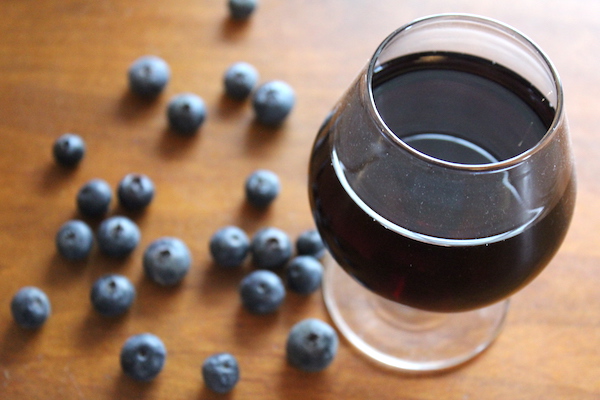
This recipe is adapted from The Home Winemakers Companion. The author describes it as, “One of the most interesting fruit wines…The basic recipe produces a fruity, easy-drinking, nicely balanced wine. Slightly sweet, it is a match for fruit pies, chocolate cake, ice cream, and soft, creamy cheeses.”
While the recipe has you simply place the blueberries and sugar in the primary fermenter and then top with boiling water, I find it helps to use a wooden spoon or potato masher to muddle the blueberries into the sugar.
I then give them about 6-12 hours to soak in the sugar, which helps to extract their blueberry juice. At the end of this time, you should have a good amount of blueberry syrup already, before adding any boiling water on top.
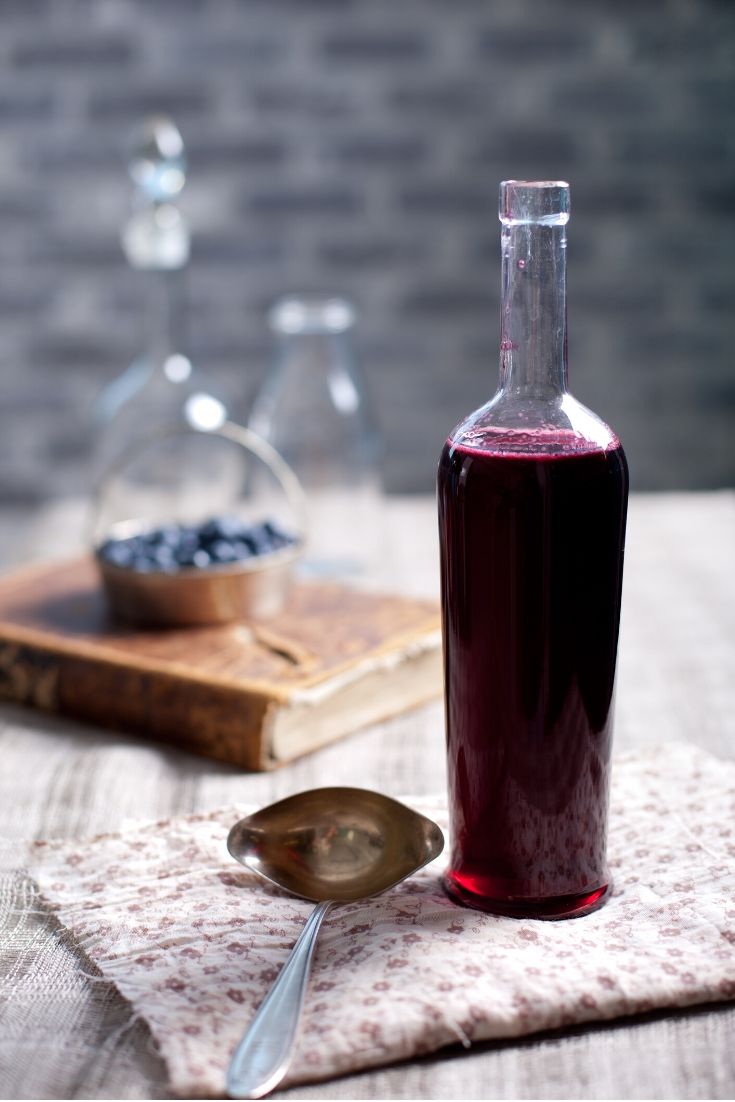
That’s completely optional of course, and as the recipe is written, the blueberries, sugar and boiling water go right into the fermenter with no delay.
Another option for pulling more flavor out of the blueberries is freezing. Freezing the berries for a day or two before making blueberry wine helps to break open their cells and release their juices.
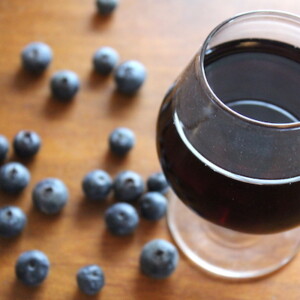
Homemade Blueberry Wine
Equipment
Ingredients
- 3 lbs blueberries
- 2 1/4 lbs sugar, about 4 1/2 cups
- 1/4 tsp yeast nutrient
- 1 tsp acid blend
- 1/2 tsp Pectic Enzyme
- 1/4 tsp tannin powder
- 1 packet Cote des Blancs Wine Yeast, or other wine yeast
- water to fill
- 2 tbsp oak chips, optional
- 1 Campden tablet, optional
Instructions
- Sanitize all equipment.
- Add the berries and sugar to a primary fermentation container. Bring one quart of water to a boil and pour it over the fruit/sugar. Stir to dissolve.
- Let cool to about 70 degrees F.
- Once cooled, add the remaining ingredients (except oak chips & Camden tablet, if using) and add enough water to fill the one-gallon fermentation vessel.
- Stir daily for 5 to 7 days. Once the fermentation calms down a bit, rack into a sanitized glass brewing carboy, add oak chips if using and seal with a rubber bung and water lock.
- Ferment in secondary for 4 to 6 weeks.
- At this point, either rack the wine again to ferment for another 6 to 8 months….or add 1 crushed Campden tablet and rack into a clean fermenter for a few weeks until the wine clears.
- Bottle the wine and allow it to age for 6 months before drinking.
Notes
Nutrition
Nutrition information is automatically calculated, so should only be used as an approximation.
More Easy Country Wine Recipes
Looking for more homemade fruit wine recipes? I’ve got plenty to share…
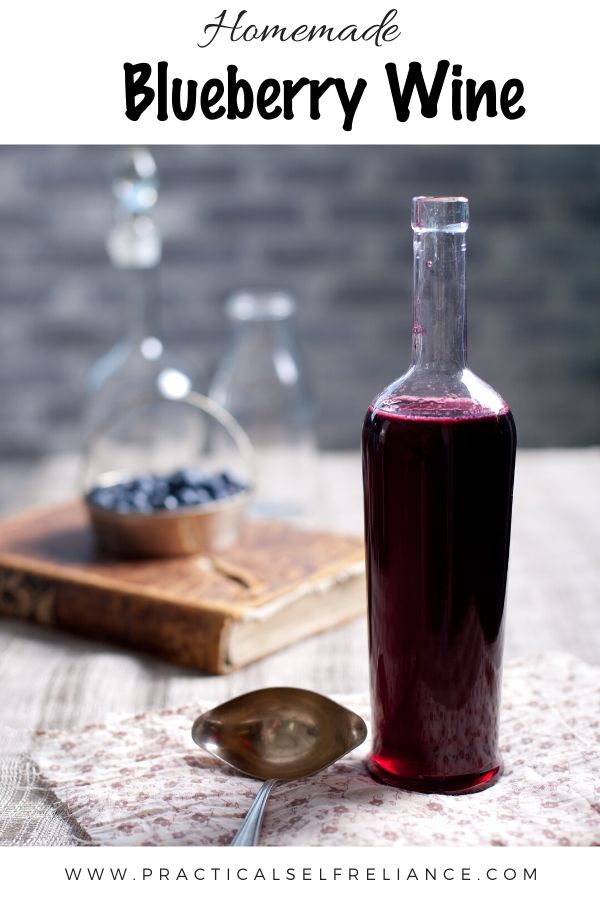
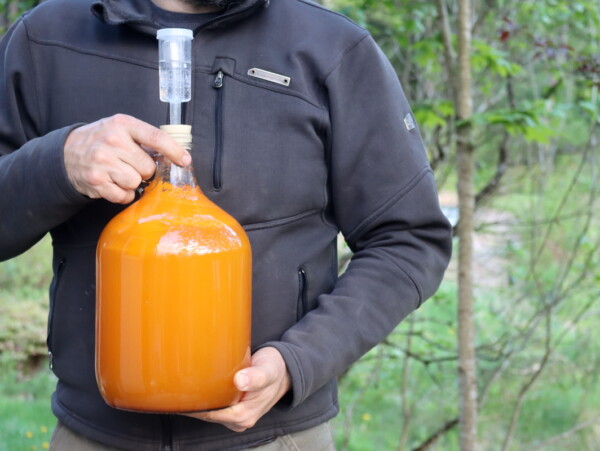
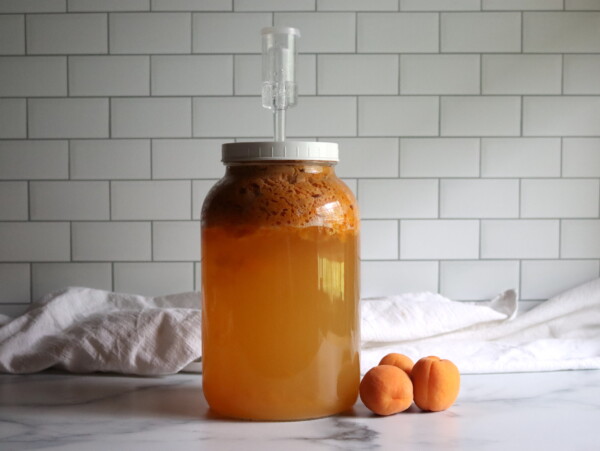
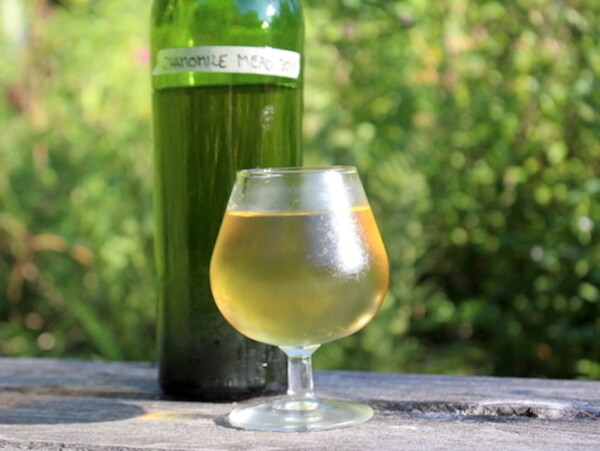
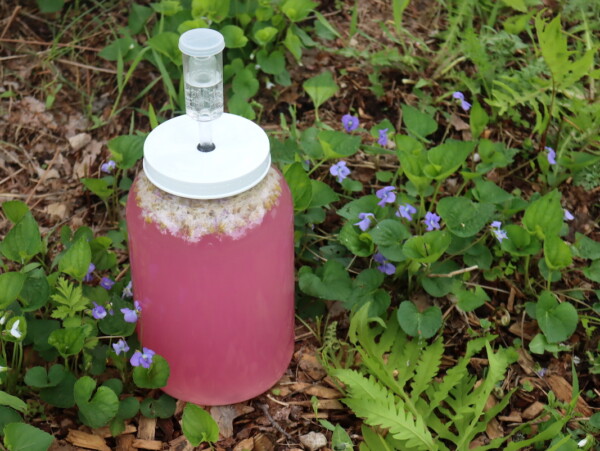





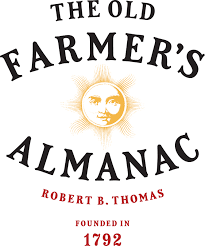



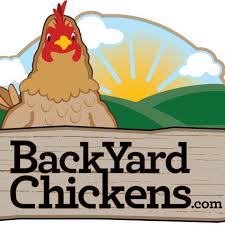
Very excited for this recipe, just started mine this past Sunday. Hope it comes out well. Thanks for sharing your recipe! 🙂
You’re welcome. You will have to write back and give us an update.
How much will this recipe yield in terms of bottles?
The yield on this recipe is 1 gallon or about 4 bottles. You can usually find the yield of any recipe in the picture right above the recipe.
Hey, so for step #7 you don’t bottle it yet right? It literally means to ferment in a carboy for 6 more months and THEN bottle it? Just wondering cause the only other wine I made was dandelion and it was to secondary ferment till bubbles stop and then bottle it straight from the secondary.
Thanks I’m advanced!
That’s correct, you’re going to rack it and ferment it for 6 to 8 months, then bottle and age for another 6 months.
Wow! Okiedoke
Well thanks 😊 I’ll have to give this recipe a try!
I just wanted to say thank you for this recipe. We made this wine 2 years ago and it was just as good as if not better than the blueberry wine we like from our local winery. We’ve really enjoyed the wine and love that it didn’t cost $25 a bottle. We’re starting a new double batch today!
That’s awesome. So glad you enjoyed the recipe.
Why am I Experiencing so much diarrhea after tasting my delicious home Made blueberry wine. Is there a way to save it?
I add a blue berry flavor enhancer that took the bitter out of it.
I did not boil it but I will if necessary.
If the wine is upsetting your stomach I definitely wouldn’t drink anymore. I am not familiar with using a flavor enhancer so I am not sure how that may have affected the recipe. Can you tell us exactly how you made the recipe?
Adding blueberry flavoring to your diarrhea sounds terrible